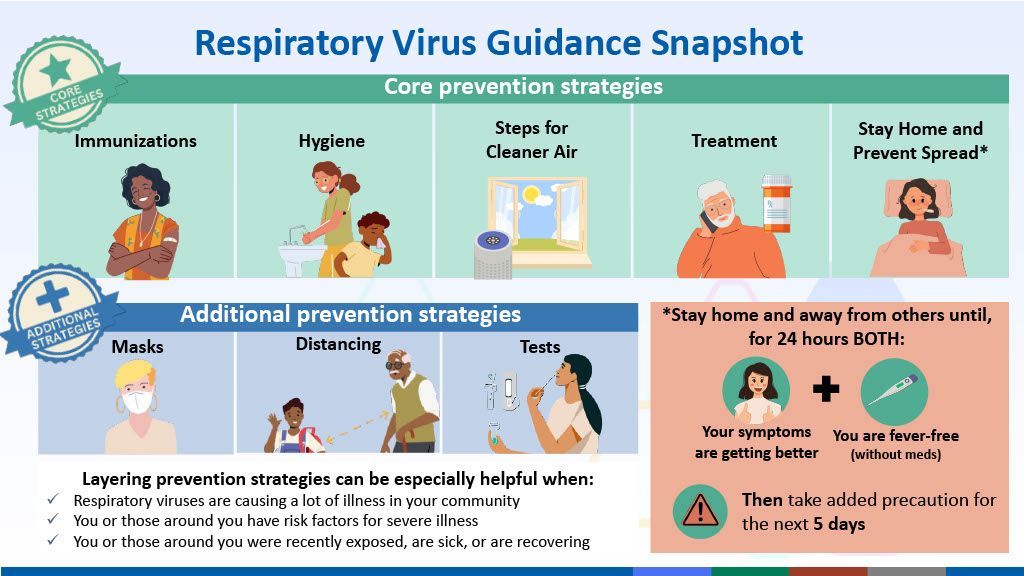communicable disease
A communicable disease is one that is spread from one person to another through a variety of ways that include: contact with blood and bodily fluids; breathing in an airborne virus; or by being bitten by an insect.
Communicable diseases are investigated through timely reporting of suspected cases done by healthcare providers, schools, and citizens. Reports are investigated by epidemiology specialists to determine case status.
Reporting of cases is important in the planning and evaluation of disease prevention and control programs, in the assurance of appropriate medical therapy, and in the detection of common-source outbreaks.
Below is a list of diseases and conditions that are reportable in the state of Missouri to the local health agency or the Missouri Department of Health and Senior Services. The following reporting forms can be used to report to the Johnson County Community Health Services.
Diseases and Conditions Reportable In Missouri (19 CSR 20-20 (mo.gov)
REPORTING FORMS
- Animal Bite Reporting Form
- Disease Case Report Form (CD-1)
- Tuberculosis Testing Record (TBC-4)
Reports can be faxed to 660-747-1294.
Any further questions about communicable disease reporting or talk to a public health professional about respiratory viruses, communicable diseases, or vaccines, please contact our Public Health Nurses at 660-747-6121.

About Respiratory Viruses
COVID-19 spreads quickly. Most people have mild symptoms, and some people become severely ill. People who are older, pregnant, or have a chronic disease are at a higher risk of getting severely sick. A vaccine for ages six months and older helps to prevent and reduce the severity of COVID-19.
Flu infects the nose, throat, and sometimes the lungs. Symptoms vary from mild to severe. Flu can be serious, especially for people younger than 5, older than 65, pregnant, or with a chronic disease. A vaccine for everyone ages 6 months and older helps prevent and reduce the severity of flu.
RSV usually causes mild, cold-like symptoms. Most people recover in a week or two. RSV can be serious, especially for babies and older adults - both have a higher chance of being hospitalized. A vaccine during pregnancy and for people 60 years and older helps prevent and reduce the severity RSV.
core protection strategies
You can keep healthy and lower your risk of catching or spreading a respiratory virus in multiple ways.
Get vaccinated. Vaccines are the safest way to build immunity from a virus. Vaccines help the body learn how to defend itself from disease without the dangers of an infection. The most important thing you can do to protect yourself from COVID-19, flu, and RSV is to get recommended vaccines and stay up to date. Vaccines often tame these viruses to prevent their worst outcomes, like hospitalization and death.
Practice personal hygiene. You can protect others when you choose to cover your coughs and sneezes, wash or sanitize your hands often, and clean surfaces you touch a lot.
Take steps for cleaner air. Bring in fresh, outside air by opening a window, purifying indoor air, or having outdoor social activities.
Stay home when sick, and away from others. When you have a respiratory virus infection, you can spread it to others. These symptoms can include fever, chills, fatigue, cough, runny nose, and headache, among others.
Go back to your normal activities when both are true for at least 24 hours:
Your symptoms are getting better overall,
and
You are fever-free without using fever-reducing medication.
Consider using additional tools to protect others for the next 5 days. Steps you can take include keeping air cleaner, hygiene, masks, physical distancing, and/or testing options.
Keep in mind that you may still be able to spread the virus that made you sick, even if you are feeling better. You are likely to be less contagious at this time, depending on factors like how long you were sick or how sick you were.
If you develop a fever or start to feel worse after you have gone back to normal activities, stay home and away from others again until, for at least 24 hours, both are true: your symptoms are improving overall, and you have not had a fever (and are not using fever-reducing medication). Then take added precautions for the next 5 days.
when to seek professional healthcare
Contact your healthcare provider about worsening symptoms, testing, or treatment, especially if you or someone you care for is at high risk for complications from a respiratory virus.
Early treatment for COVID-19 and flu may prevent severe disease in people at higher risk, even if they are up to date with their vaccines. People who are at higher risk for severe illness and who start to feel sick should seek health care right away so that they can access testing and treatment.
Healthcare providers can help you manage symptoms of RSV if you or your child are sick.
how long am i contagious
Once your symptoms are getting better overall and you are fever-free for 24 hours (and are not using fever-reducing medication), you are typically less contagious, but it still takes more time for your body to fully get rid of the virus. During this time, you may still be able to spread the virus to others. Taking precautions for the next 5 days can help reduce this risk. After these 5 days, you are typically much less likely to be contagious. However, some people, especially people with weakened immune systems, can continue to spread the virus for a longer time. For COVID-19, taking an antigen test can help you know how likely you are to spread the virus. A positive test tends to mean it is more likely that you can spread the virus to others.
How long someone can spread the virus depends on different factors, including how sick they are (severity) and how long their illness lasts (duration). This is not the same for everyone. If you’re feeling sick, you should stay home and away from others.

